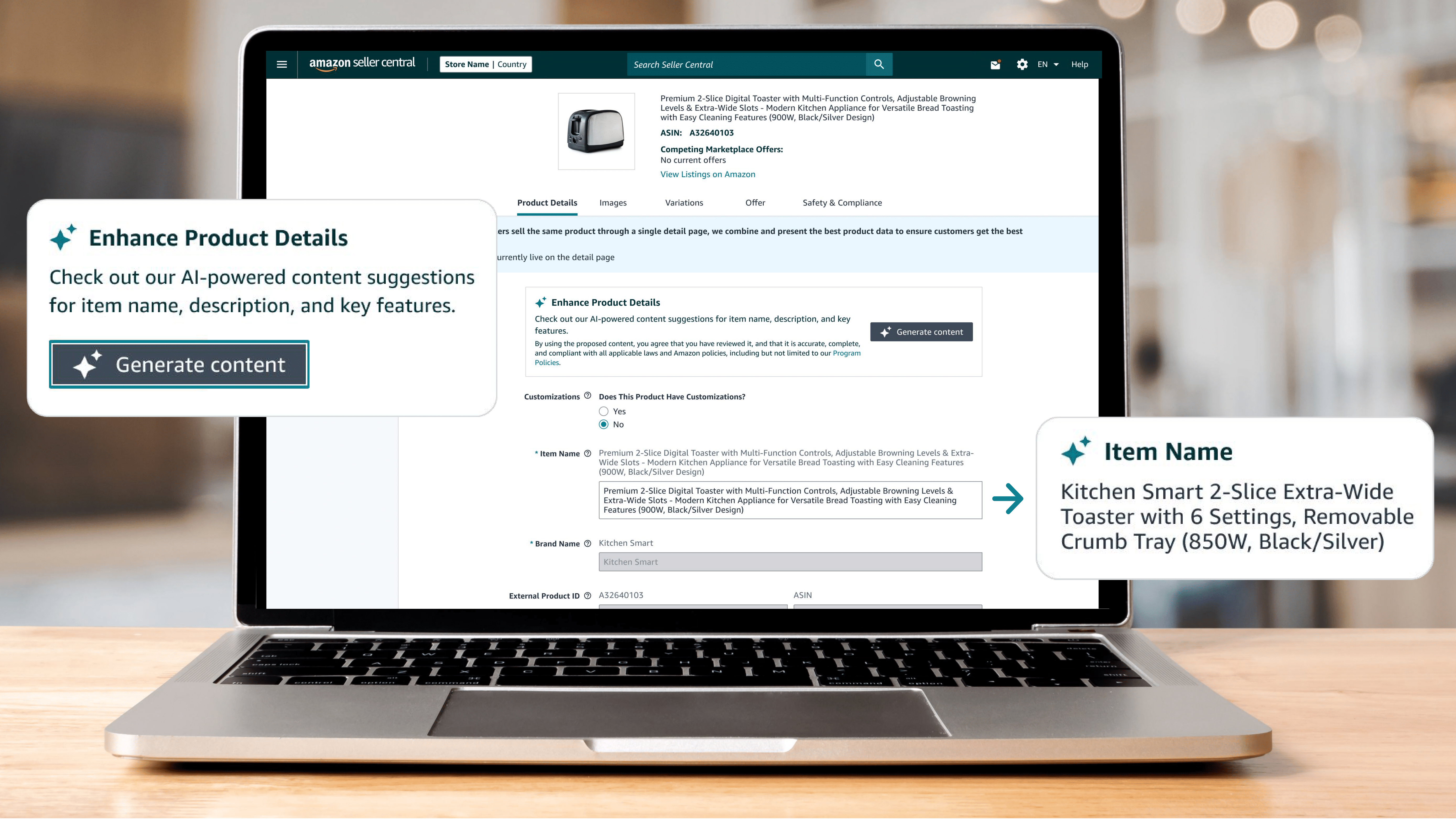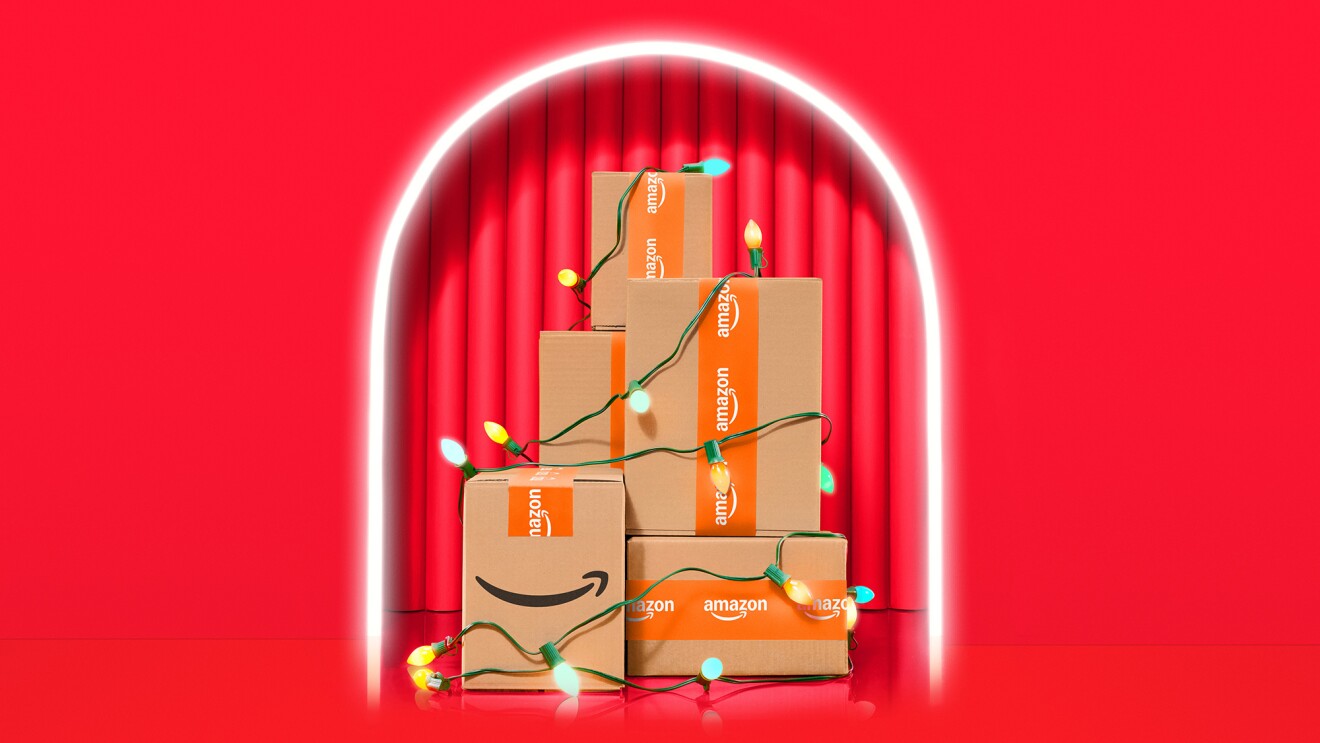Almost 25 years ago, Amazon made the decision to open its store up to third-party sellers—a controversial move that, over time, has brought unrivaled selection to Amazon’s customers and given sellers a convenient way to reach customers around the world. Now Amazon is expanding the work it does for sellers and customers even further, helping sellers grow their businesses whether they’re on Amazon or not.
That was one of the points made by Doug Herrington, CEO of Worldwide Amazon Stores, in a fireside chat at Accelerate, Amazon’s annual seller conference. Herrington, in his conversation with Mary Beth Westmoreland, Vice President, Worldwide Selling Partner Experiences, described the shift Amazon is making to support sellers both on and off Amazon. New innovations—like Multi-Channel Fulfillment, Buy with Prime, and Supply Chain by Amazon—leverage Amazon's global logistics to support sellers on their own websites, with other retailers, and on social platforms. While this move may seem counterintuitive, Herrington said Amazon believes empowering sellers to grow their total sales will only strengthen these partnerships and make Amazon an even more attractive sales channel in the long term.
 Doug Herrington (left) and Mary Beth Westmoreland (right) in a fireside chat at Accelerate 2024.
Doug Herrington (left) and Mary Beth Westmoreland (right) in a fireside chat at Accelerate 2024.In Amazon’s work with sellers and across the company, generative AI is also changing the pace and capacity of our innovation. “We're able to go back to a lot of products and services that we've had for a long time and rebuild them or modify them with generative AI,” Herrington said. “We're discovering we can improve quality and lower cost, which is fantastic. And the part that I love is we can also invent new services and customer experiences that just seem like science fiction three years ago.” The recently launched Project Amelia—Amazon’s new AI-powered personal assistant for sellers—taps into this generative AI revolution by using machine learning to provide the answers, advice, and tools sellers need to succeed.
Invention has also been key to delivering on two of Amazon’s top priorities: lowering our cost to serve our customers and improving delivery speeds for them. Herrington said they are the fundamental drivers of Amazon’s growth. He noted that Amazon has made meaningful progress on both fronts, and he attributed this success to key innovations, like regionalizing our U.S. operations network—essentially shifting it from one national network to eight smaller regions—which resulted in fewer miles traveled and fewer touches for packages. AI played a role here, too, as it has enabled better local inventory placement. These initiatives have helped sellers, too. “Keeping our cost to serve low has allowed our selling partners to add even more selection into [our store],” Herrington said, noting that a lot of that selection is low average-selling-price items. “The knock-on effect is that those new purchases are driving new shopping missions on Amazon, increased visits, and increased traffic.”
Watch the fireside chat to hear more from Herrington at Accelerate.
Trending news and stories
- Alexa+ can now answer your Ring doorbell and talk to visitors
- ‘Beast Games’ Season 2 is coming to Prime Video—See the new trailer
- How Amazon Pharmacy has helped customers save more than $100 million on prescription medications like GLP-1s and insulin
- Amazon unveils redesigned Kindle Scribe lineup with first-ever color Scribe










